It’s easy to attract birds to your garden, however small and close it is to a city, but the variety of species will increase with its size, how bird-friendly it is and its proximity to countryside or well-wooded parks.
Some birds such as nuthatches are never far from mature trees, whereas predators, such as sparrowhawks and tawny owls, penetrate deep into some cities.
The key thing is to ensure that you meet the needs of your birds all year round, and that you accommodate the changing requirements of both residents and seasonal visitors.
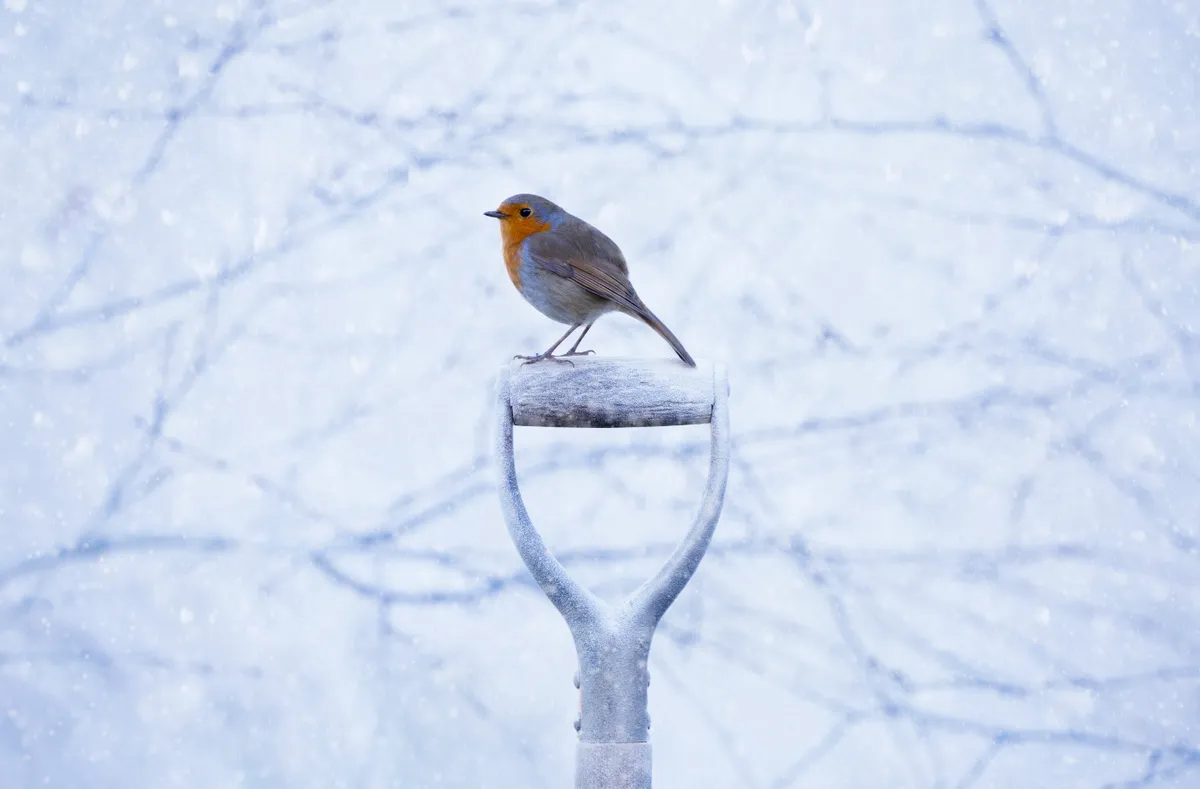
While planting bushes with berries is good for thrushes in the autumn, they will soon strip the crop. So think laterally – if you live near a wholesale fruit market, buy trays of substandard apples for them to feed on when the berries have gone. Fat blocks are important in the winter and will attract flocks of starlings.
Dense cover will entice nesting dunnocks, robins and wrens, and nestboxes are good for tits and other hole-nesters. During the summer, thriving insect populations benefit tits and sparrows.
If you have periods when there are very few birds in your garden, think about what you can do to make your patch more attractive at that time of year. Don’t be impatient – activity generally builds up over the years as more birds get into the habit of visiting a garden. One of the best ways to ensure that they return is to make sure your feeders are always full.
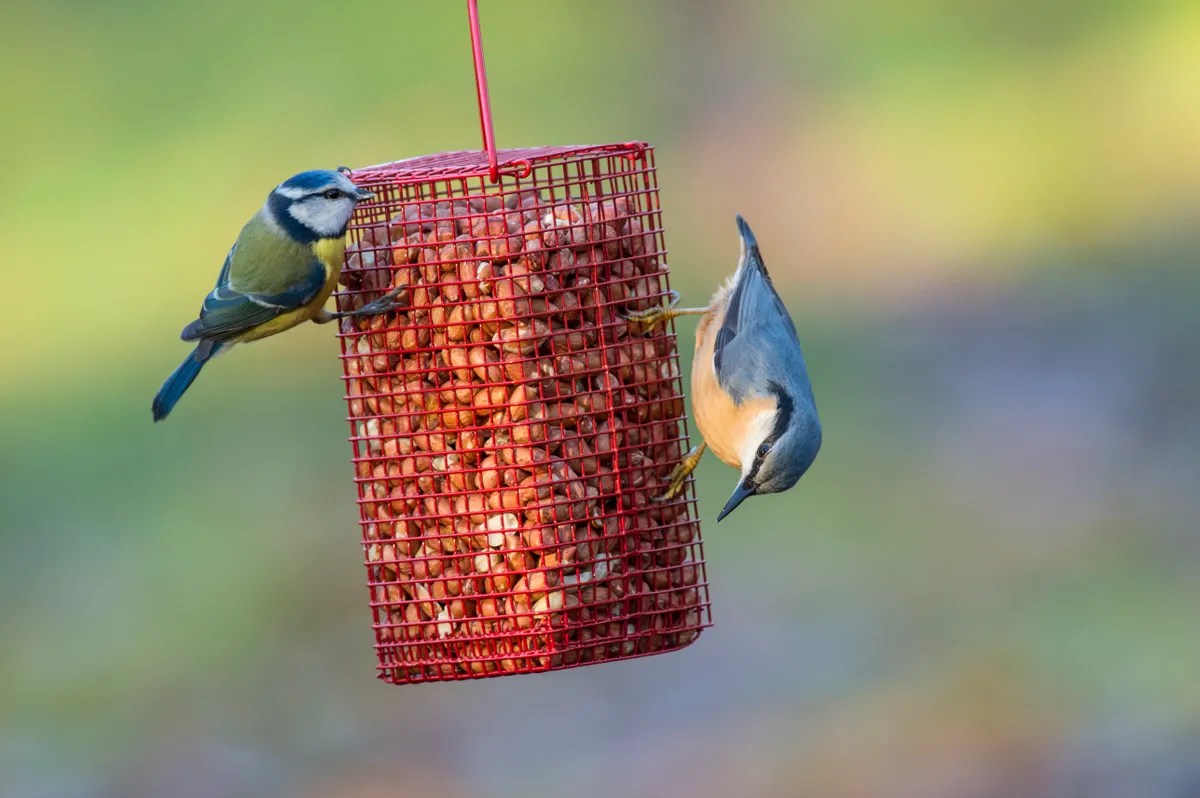
FOOD, A HOME AND SECURITY: The basics of life will bring the birds to your garden
Source your seeds
Buy bird food from reputable sources. This ensures that the seeds can provide the required levels of energy and have been grown with the environment in mind. Experiment with different sorts of feeders and seed mixes. For example, greenfinches adore sunflower feeders whilst goldfinches prefer niger seeds. See the last section of this feature to find out more about this.
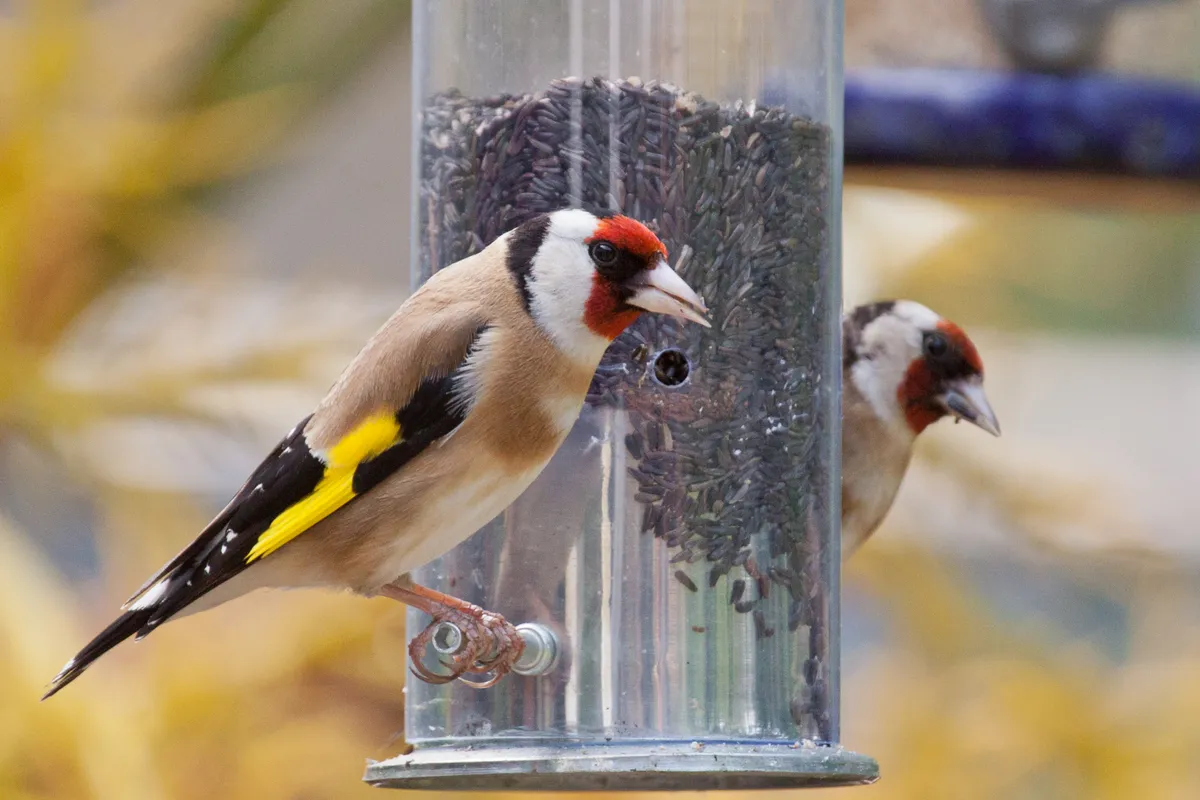
Avoid bad foods
Don’t just put out peanuts, don’t buy multi-purpose pet food and don’t feed the birds bread in large quantities as it isn’t nutritious and is an empty filler. If you do, try to only put out breadcrumbs that are soaked and not stale.
Never put out desiccated coconut as it swells up inside a bird’s stomach. Also avoid providing sugary treats and cooked oats, which can dry and solidify around beaks.
Install a birdbath
Urge your birds to see your garden as a one-stop shop for their daily routine. Water is particularly vital for seed-eating birds that have dry meals and need to be able to wash them down. Keep an eye on your birdbath to ensure it doesn’t freeze over in winter, and when defrosting it do not use salt – this can kill the birds.
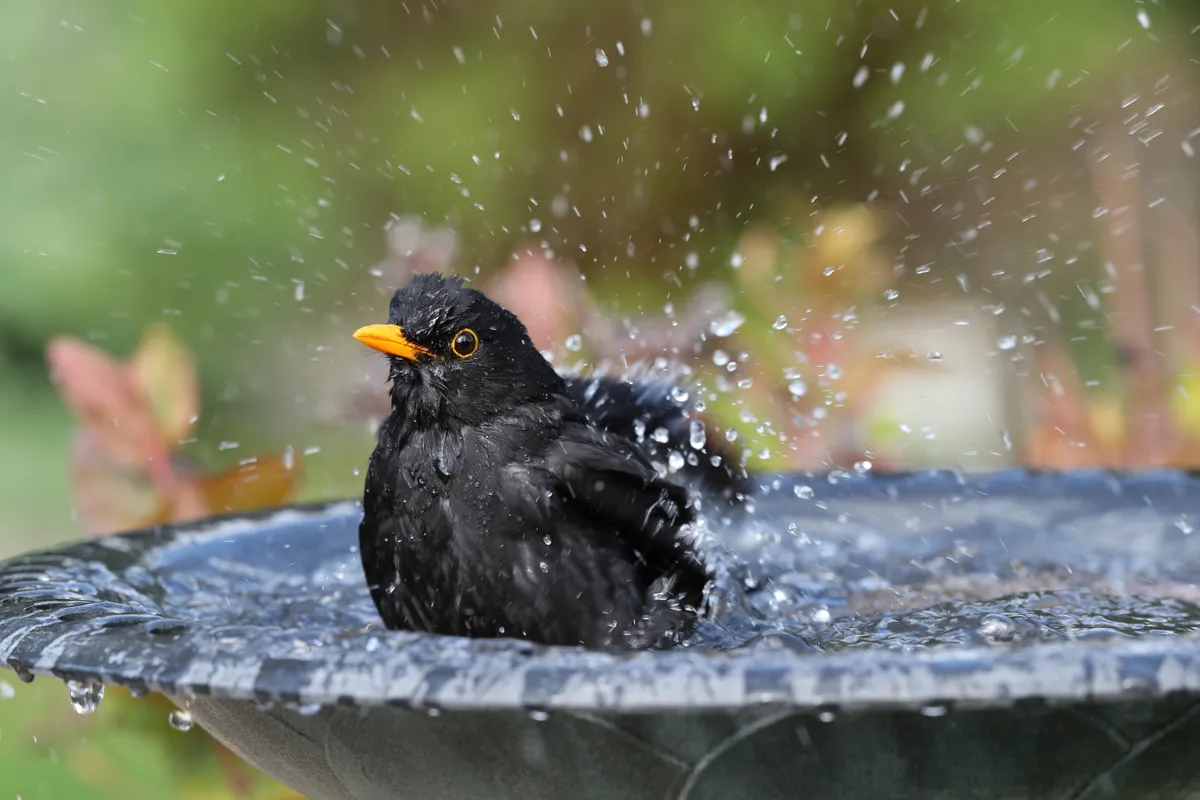
Make them feel at home
Reduce the opportunities for predators like cats and sparrowhawks by placing feeders where the birds can spot danger easily. Avoid using garden netting, especially during the breeding season, and place feeders away from your house to minimise the risk of birds colliding with windows.
Let them build their own
It’s great if your birds use the nestboxes you’ve put up, but it is even more satisfying if they create natural nest sites. Provide hedges with dense cover to allow them to do this.
Plant fruit or berry-bearing trees
Birds will be encouraged to visit your garden for shelter, nesting and to feed if you plant trees such as rowan, holly, hawthorn and honeysuckle and shrubs such as cotoneaster, berberis and pyracantha.
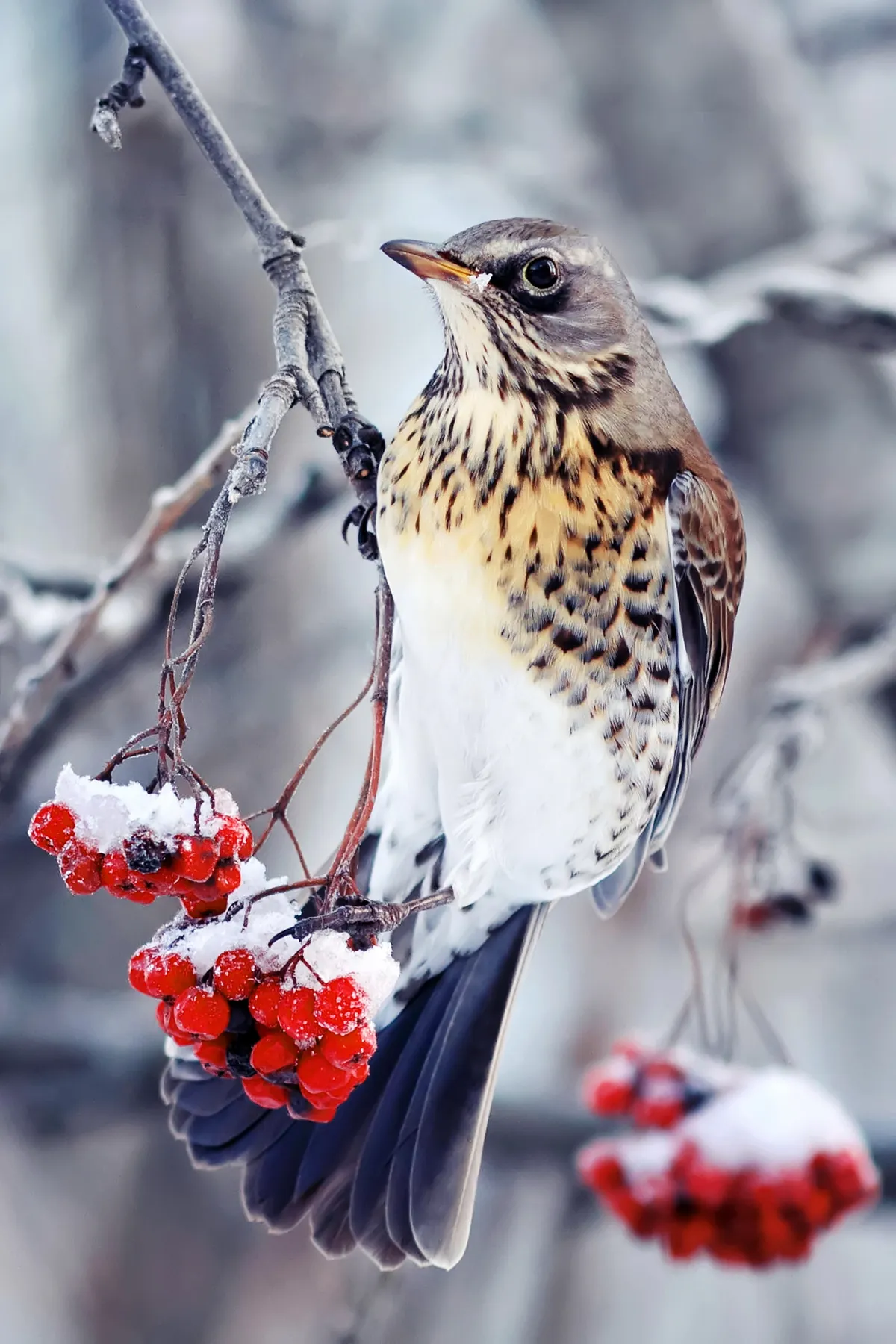
Watch what happens
To see whether your work has been effective, monitor the changes in bird numbers in your garden. What is the impact of very cold weather, for instance, on the numbers and species of birds using your garden? This will help you to plan future changes to the way you manage it. Join the BTO’s Garden BirdWatch project – it will also help you to see how well you are doing compared to others.
Have binoculars handy
Interesting birds can appear and disappear frustratingly quickly, so have a pair of binoculars to hand so you can grab them easily when you spot something.
Keep cats away
If you have problems with cats, electronic deterrents should repel them from bird feeding areas. Place feeders away from low cover that could conceal a cat – they are sit-and-wait predators and rely on cover to sneak up on their prey.
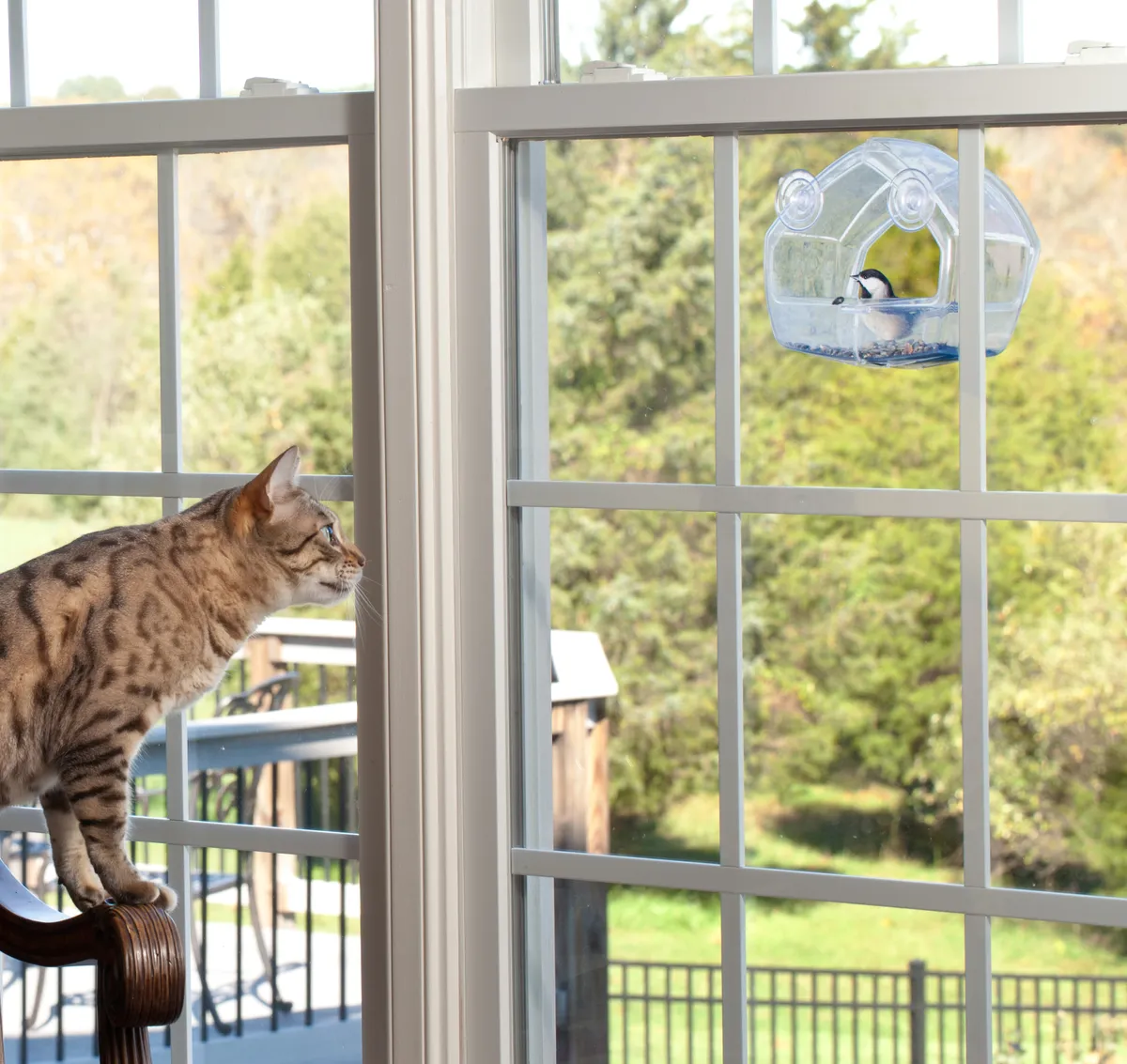
Clean your nestboxes
Check your nestboxes each winter. Remove old nests and clean the boxes with hot water to kill parasites. Re-attach them securely – you don’t want the box to fall when it’s in use.
Change nestbox location
Choose a diversity of nestbox types and move those that prove unsuccessful. If you're struggling to attract birds to a nest box, you might find that quite a small change in location or aspect can encourage birds to nest there. Do not use too many of one type of nest box, especially tit boxes: multiple options confuse them.
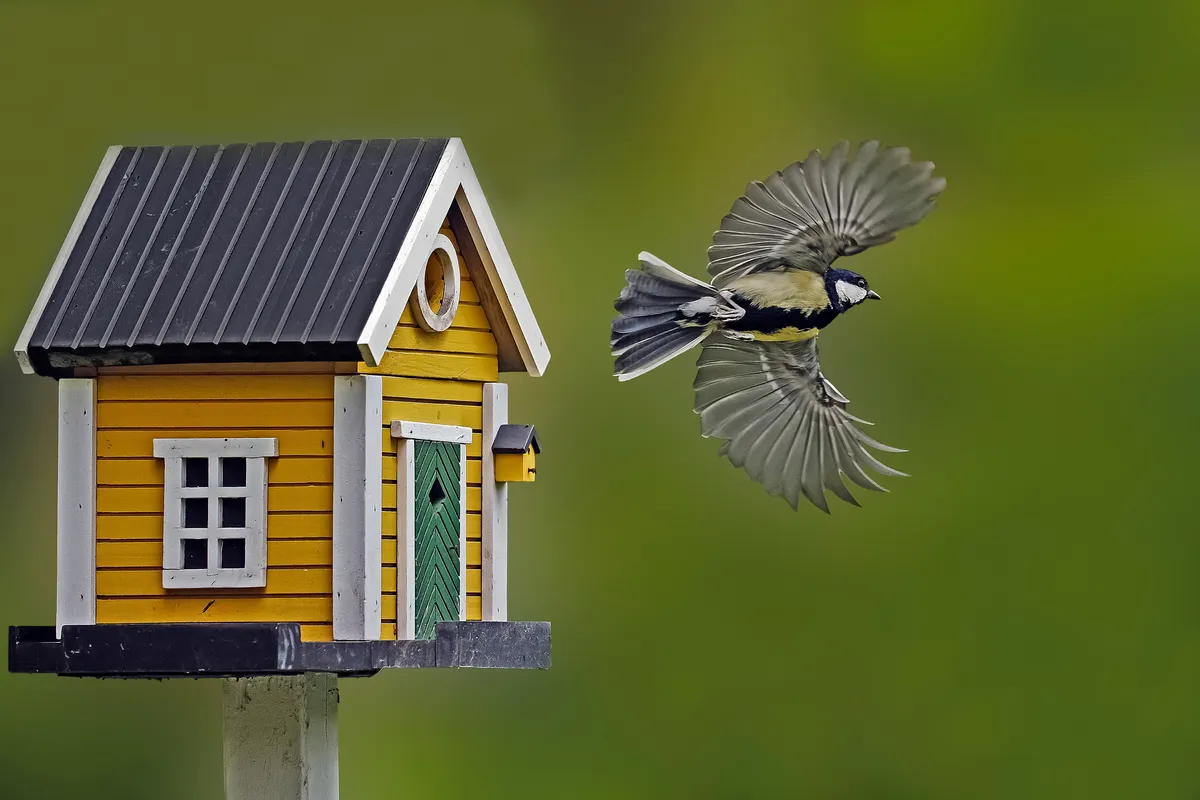
Sterilise feeders
Remove mouldy seed from feeders and sterilise them regularly to reduce the risk of spreading diseases. Clean them more frequently when there are lots of birds in your garden and/or when you suspect that some are sick – keep an eye out for lethargic birds sitting around with their feathers fluffed up.
Feed your birds twice daily in severe weather
If you can, adjust the quantity given to the demand, so you don’t attract unwanted rodents. Stick to your feeding routine once you’ve started as the birds will become accustomed to it and rely on you. By feeding birds year-round you’ll give them a better chance of survival.
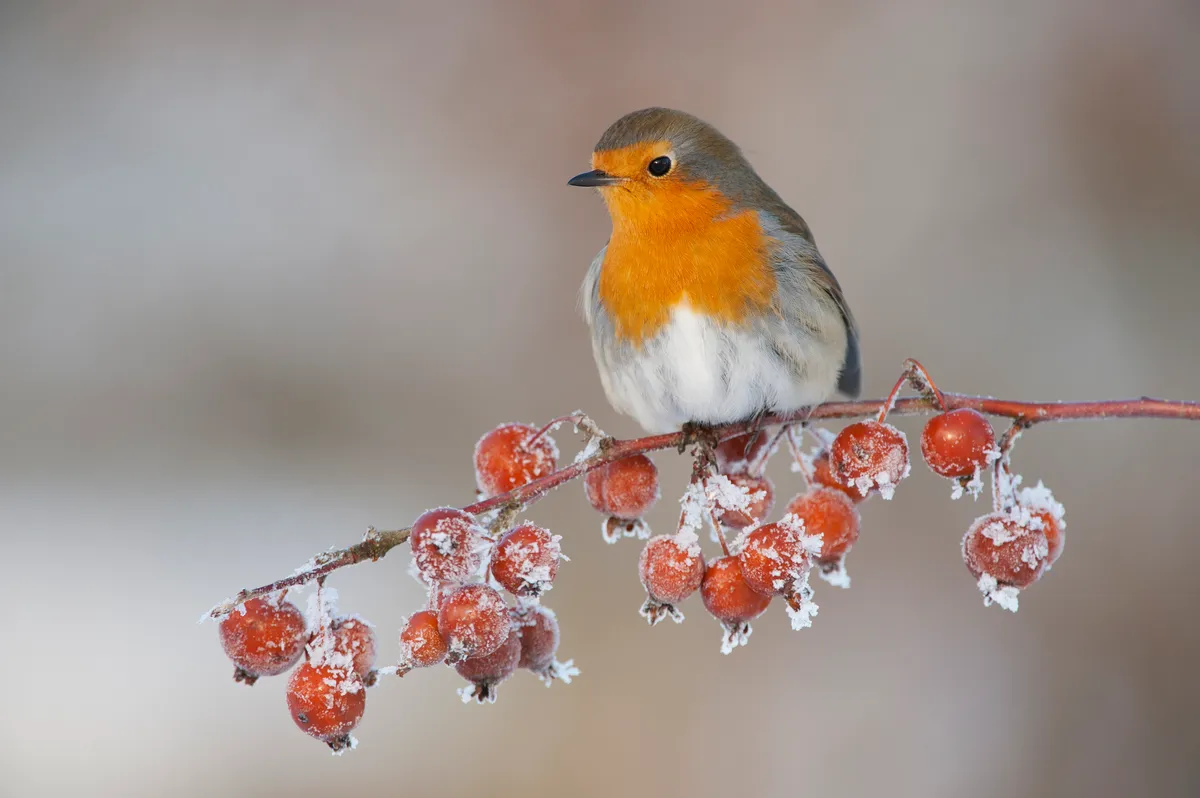
Position your bird feeders
Ideally the feeder should be about 2m away from cover, to create a safer feeding station. Nearby vegetation can provide a lookout point for the birds and a place to dash to if disturbed. Keep your feeder away from fences, overhanging branches and low-lying bushes that a cat can hide in.
Ensure the post supporting your feeder is smooth and straight as this will make it much more difficult for cats and squirrels to climb. Adding a sloped baffle to your feeder will keep squirrels off-balance.
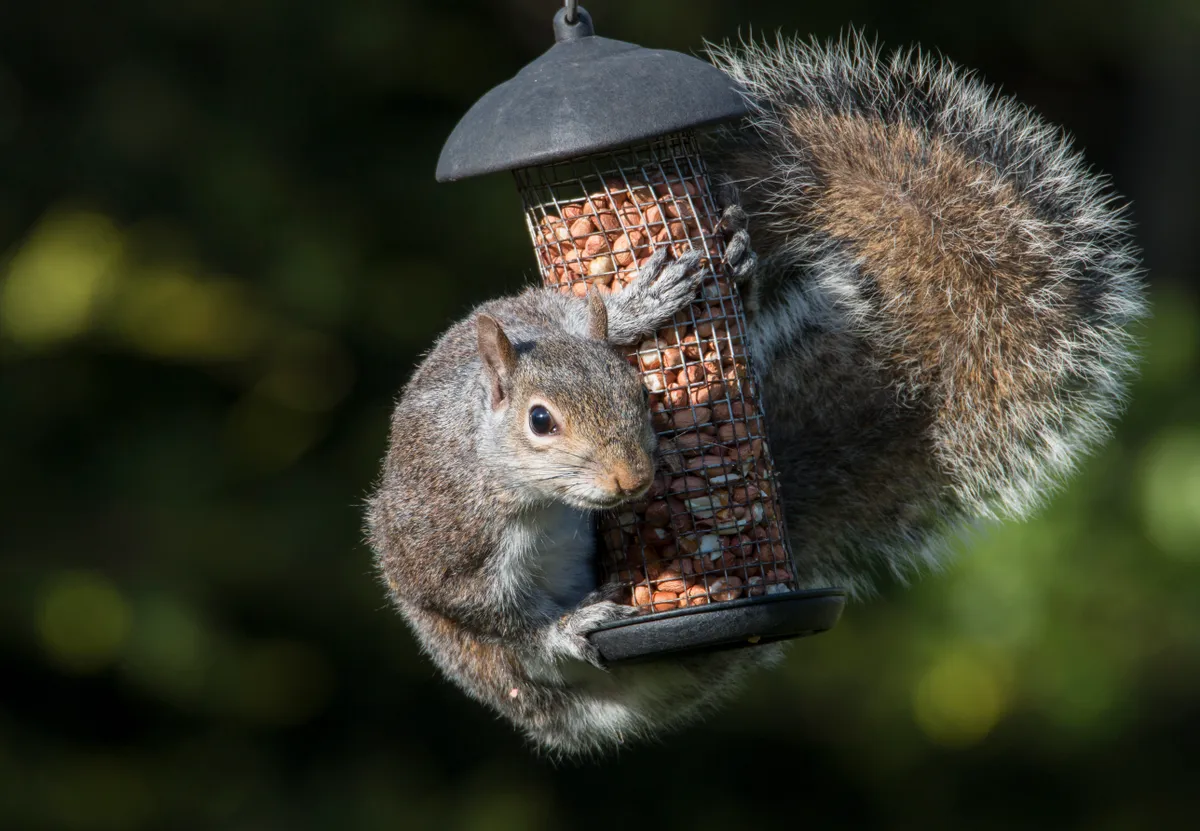
Mount a feeding tray
The tray should be no more than 10cm off the ground (to preserve the grass) or scatter food on the lawn to attract ground-feeders such as thrushes, blackbirds, chaffinches and sparrows. If possible use a cage to protect the birds from predators.
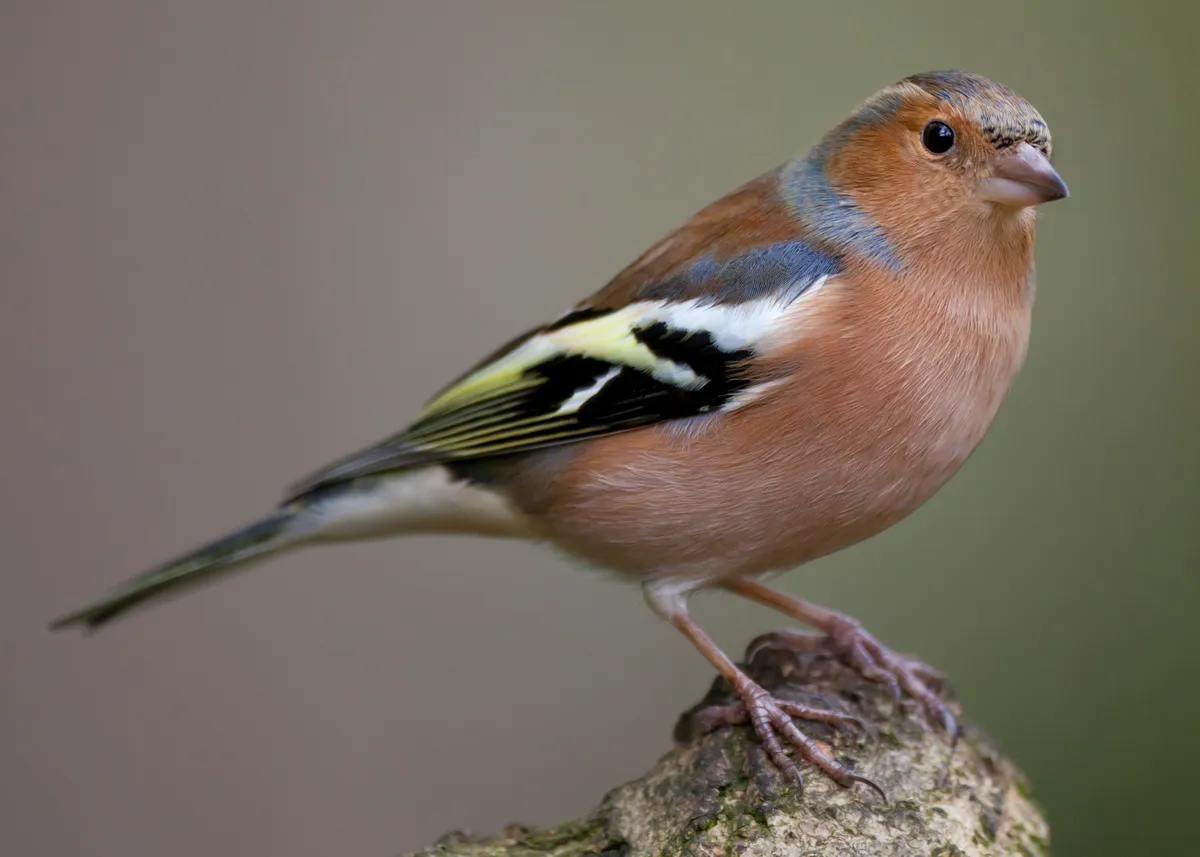
8 BIRDS TO ATTRACT TO YOUR GARDEN
By providing a variety of food-sources, positioning your feeders carefully and encouraging nesting, you will attract a wide range of common birds to your garden all year round, as well as a few surprises.
1
Dunnocks
Dunnocks are one of the less conspicuous garden birds, preferring dense cover both for feeding and nesting, though they are more visible when mating in spring.
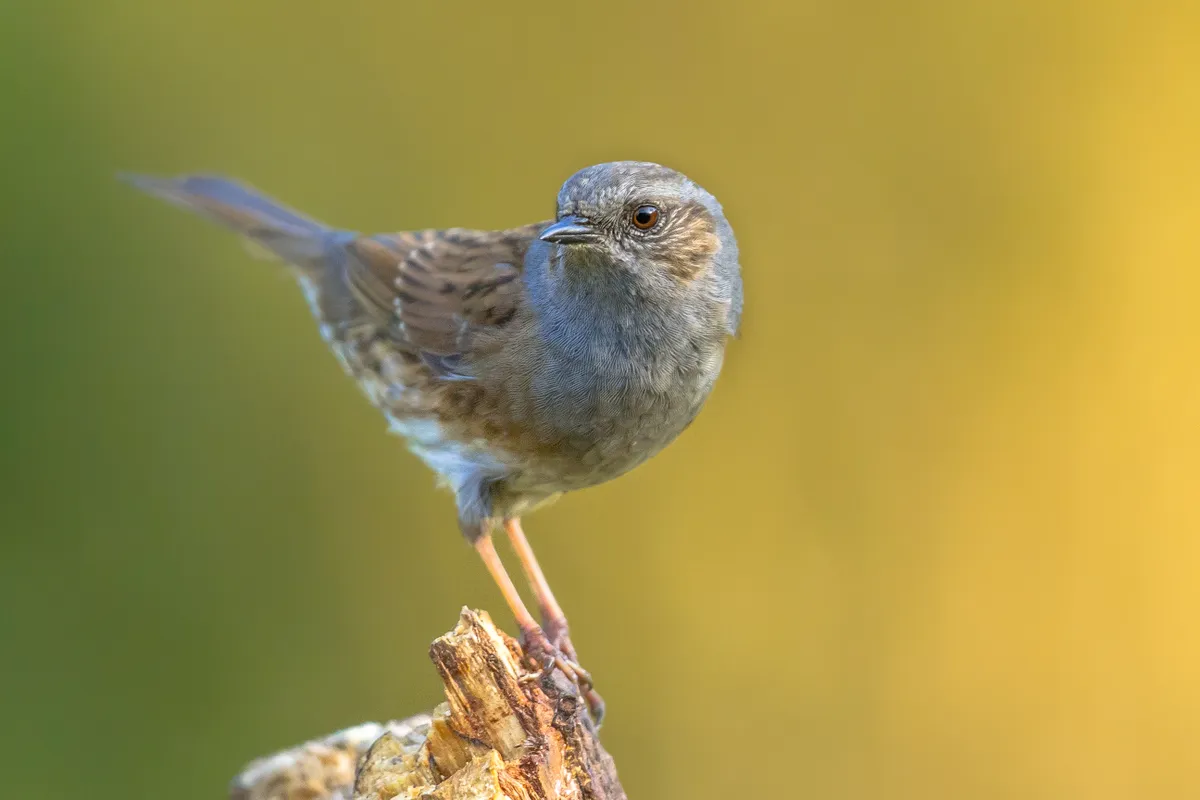
2
Jays
Jays scatter-hoard acorns, hazelnuts and peanuts in gardens, burying them in flowerbeds and lawns. They prefer areas with mature trees, especially oaks.
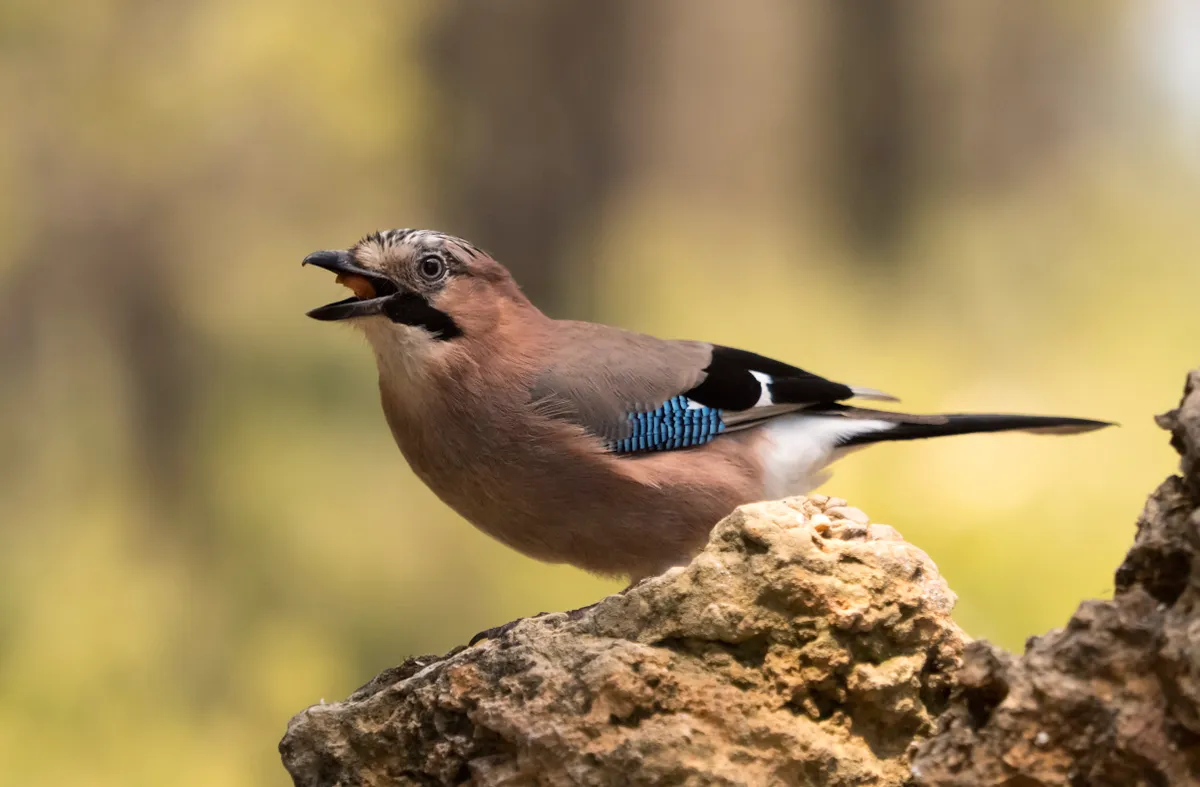
3
Green woodpeckers
Green woodpeckers are rare visitors to gardens, but they will feed on fallen apples and berries and take seeds and nuts, especially when the ground is frozen.
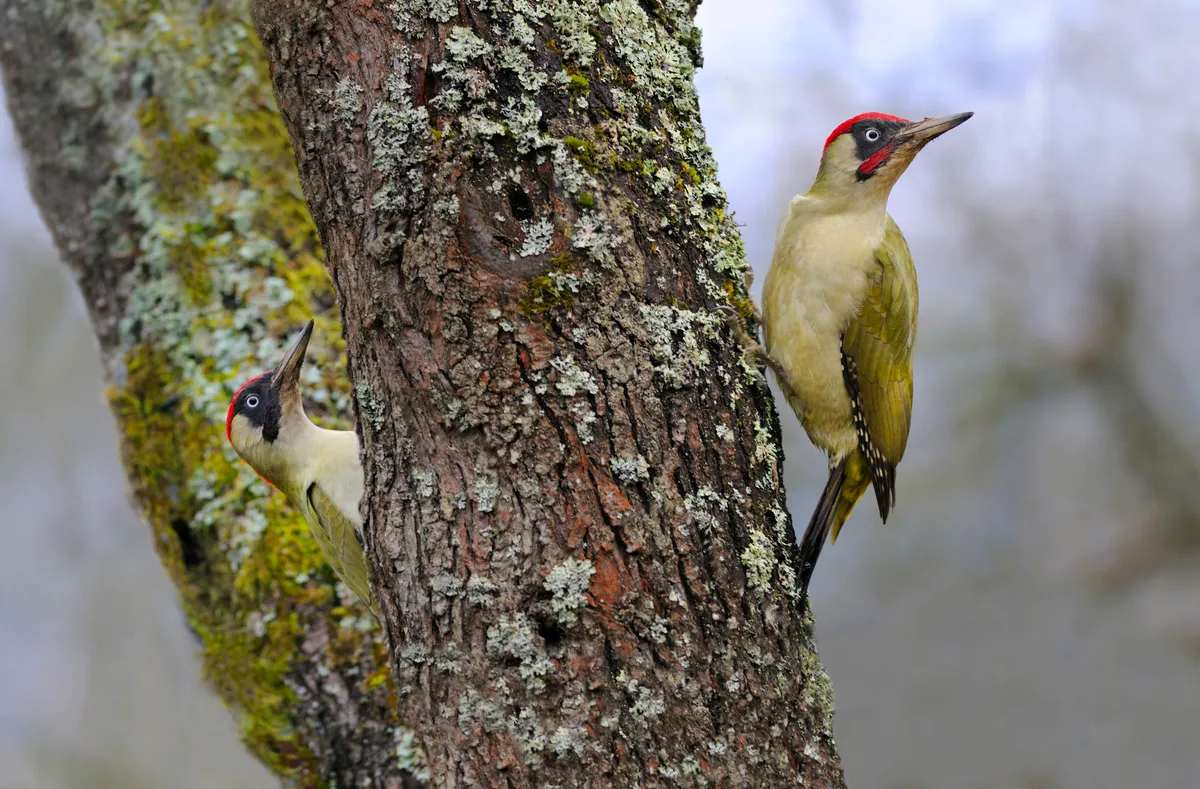
4
Fieldfares
Fieldfares will visit your garden to feed on autumn and winter berries. If you have any apple trees, leave some windfalls for them, or buy and put out low-quality apples.
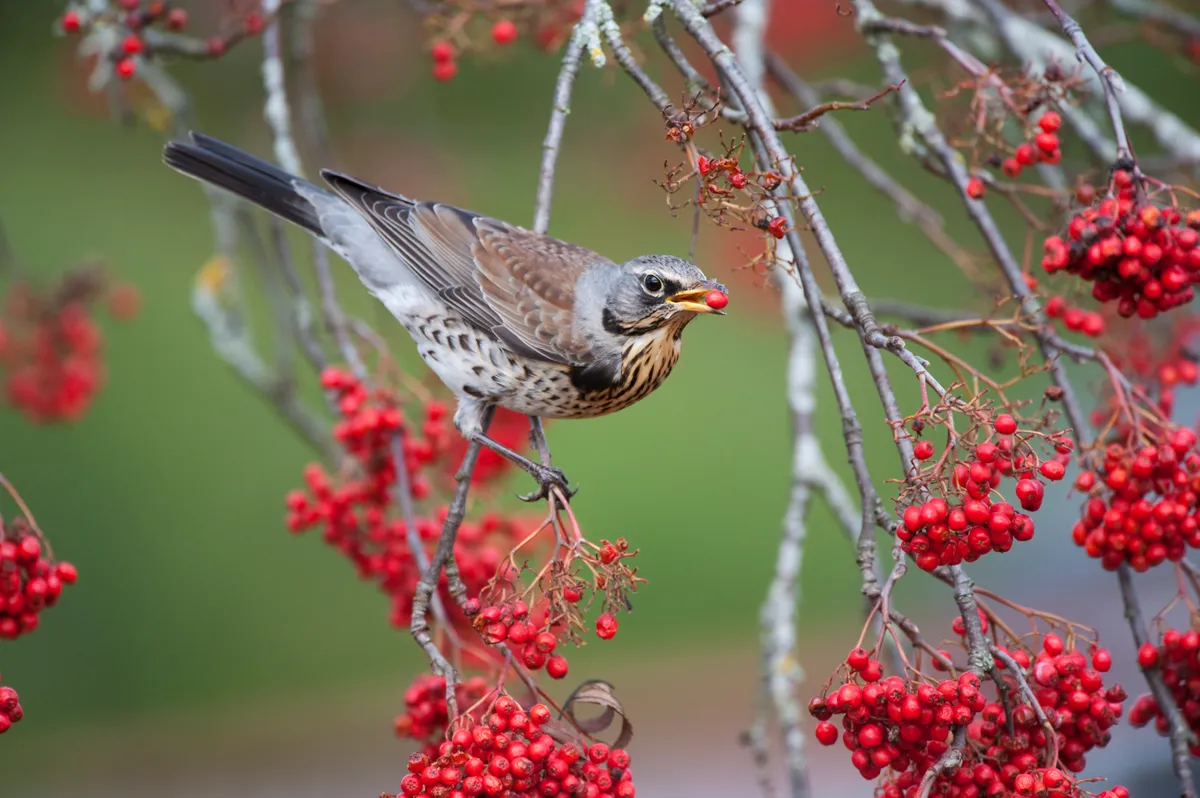
5
Siskins
Siskins are common garden visitors, especially if it has been a bad year for seeds, and enjoy sunflower seeds and peanuts. Redpolls will sometimes join their flocks.

6
Wood pigeons
Wood pigeons are increasingly common in gardens, where they forage under bird tables and on lawns for shoots and seeds. They breed from April until autumn.
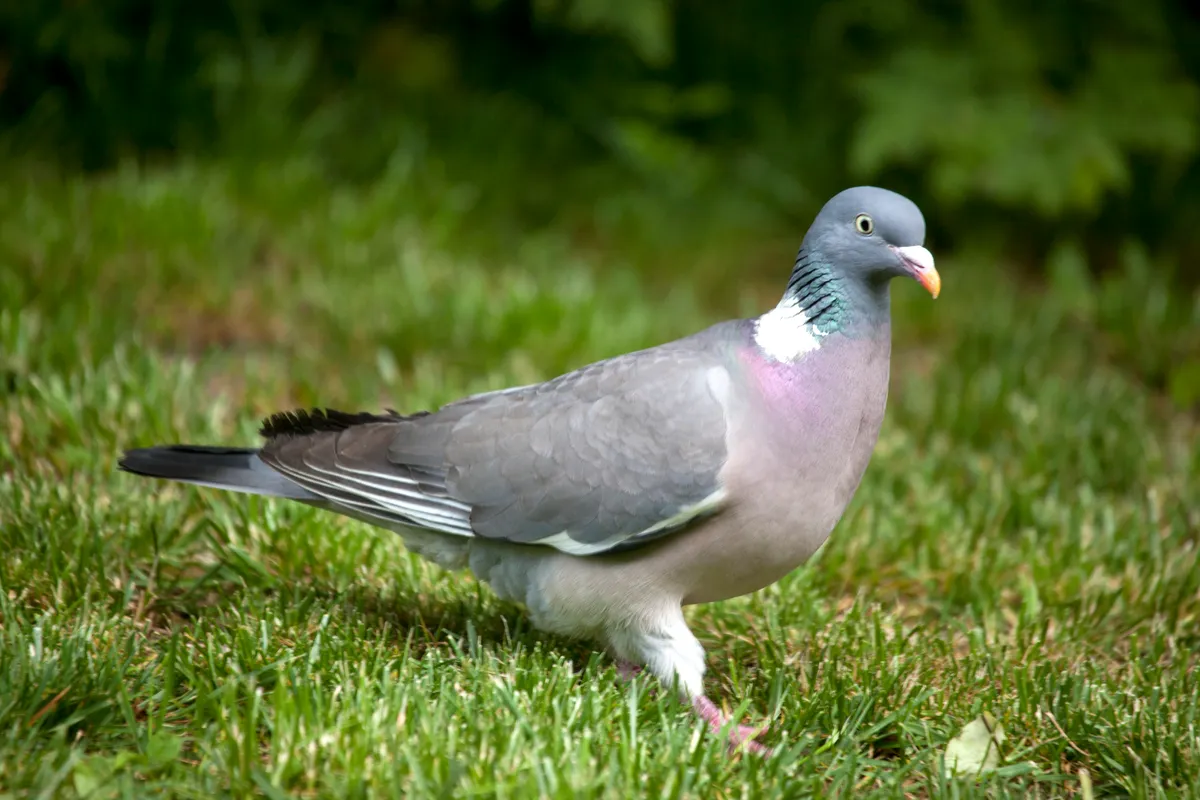
7
Sparrowhawks
Sparrowhawks often target feeders in gardens, especially when they are rearing young, so make sure yours are positioned so that birds can see predators coming.
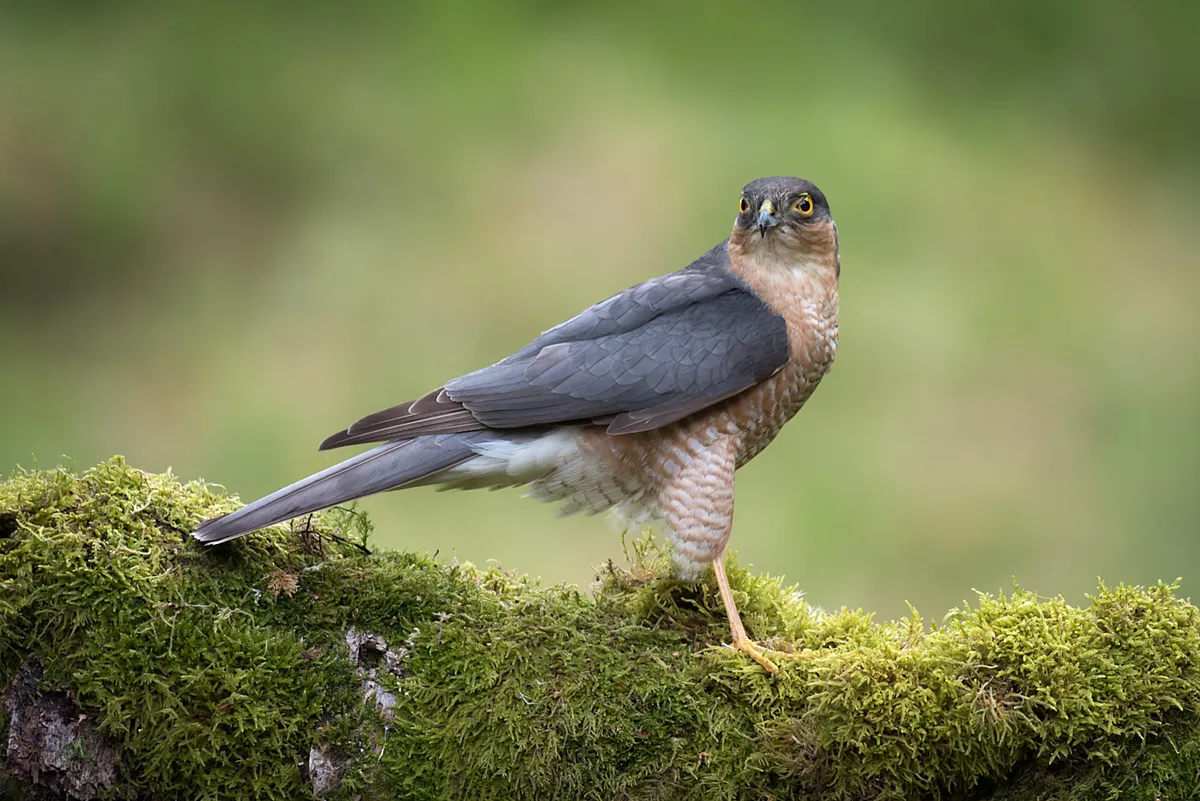
8
House martin
House martin numbers have declined by nearly 40 per cent since 1970, most probably due to the lack of nest sites, so put up artificial nest boxes to attract passing birds.
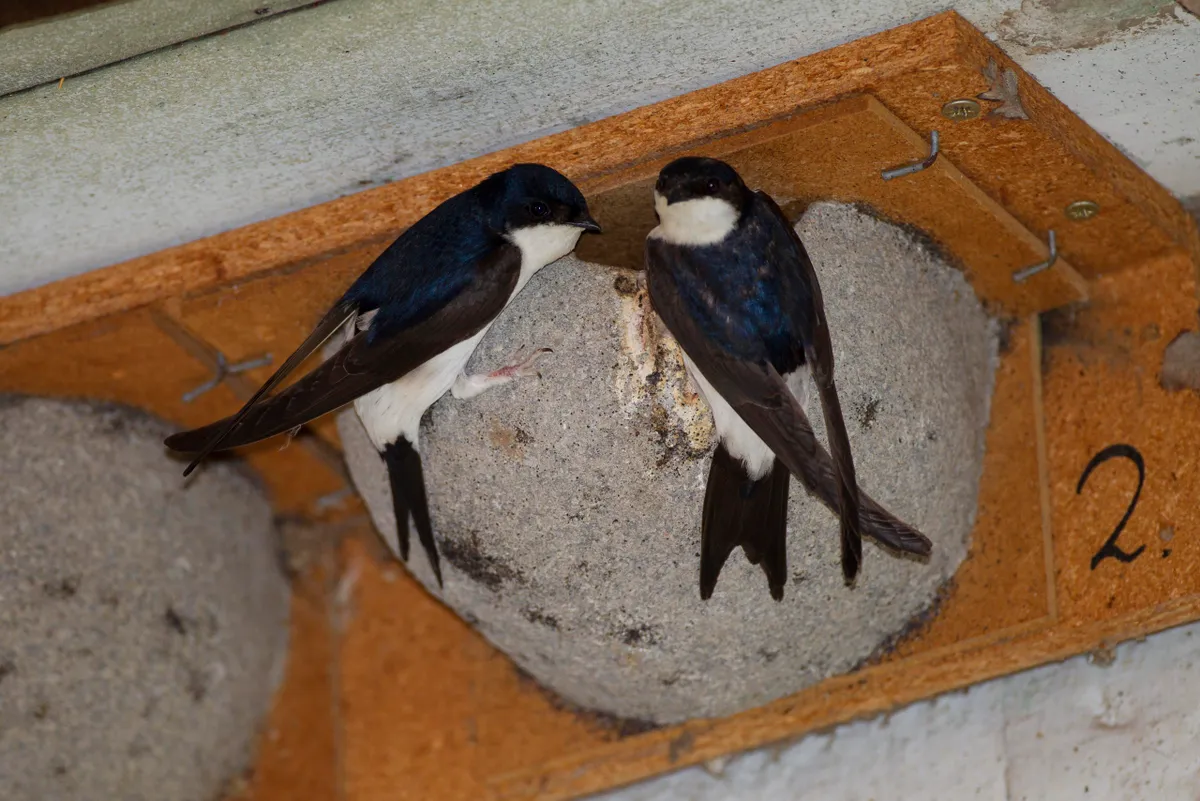
Which bird foods attract which species?
Peanuts
- Favoured by chaffinches, great spotted woodpeckers and nuthatches.
- Don’t put these out in spring as they may choke young birds. Use high-quality nuts and check the mesh size of your feeder is about 6mm – large enough to prevent beak damage, but small enough to prevent the removal of large pieces of nut.
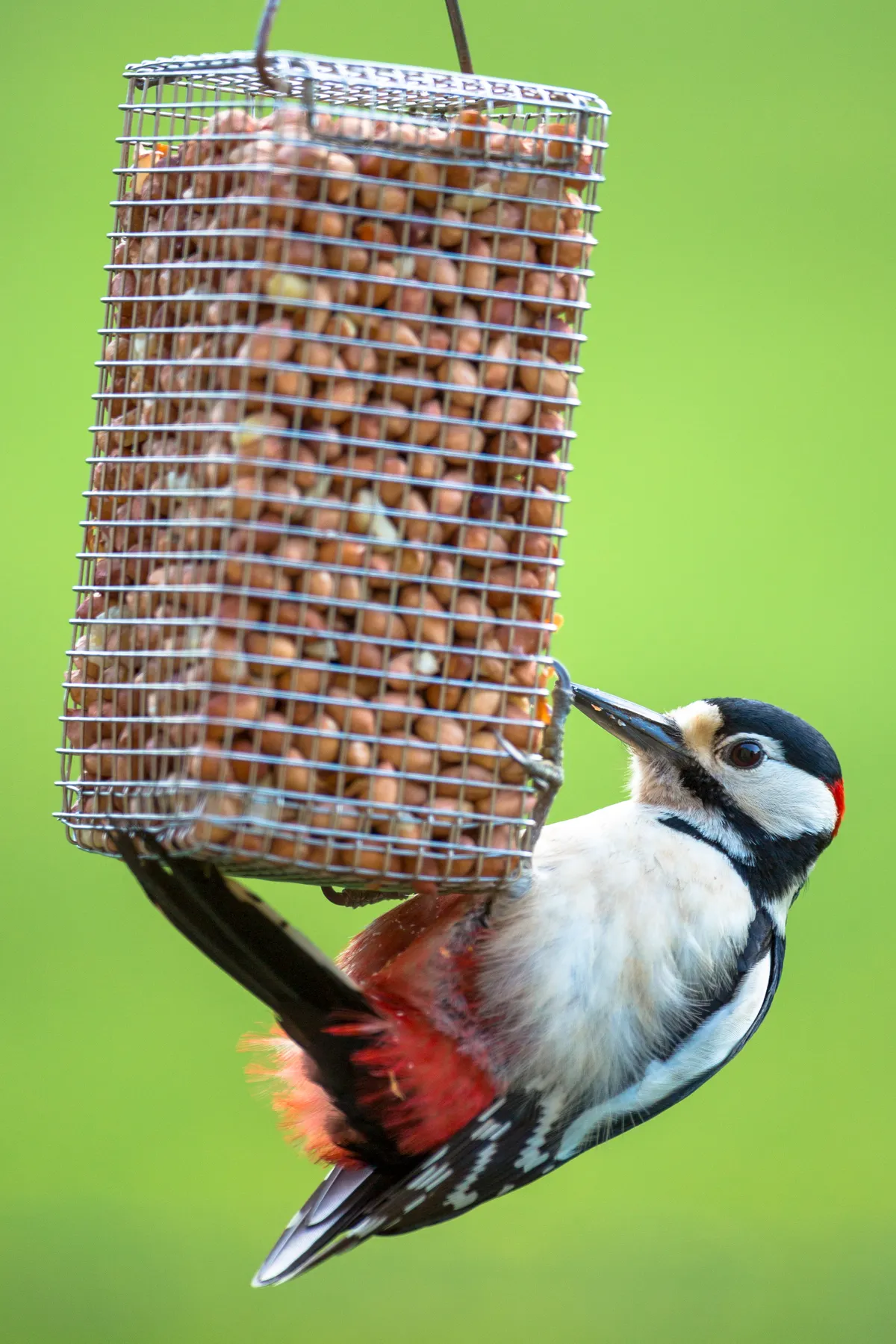
Niger seeds
- Favoured by goldfinches, robins and siskins.
- Need a special type of seed feeder because the food is small.
Sunflower hearts
- Favoured by garden finches (goldfinches, chaffinches, greenfinches), house sparrows, robins and siskins.
- Rich in protein and unsaturated fats that don’t require the effort of removing the husks.
Mealworms
- Favoured by blue tits, song thrushes, blackbirds and robins.
- These live larvae are an excellent source of protein and ideal during spring to aid busy parents as they forage for a nest of hungry chicks.
Suet
- A favourite blue tit feed, also loved by long-tailed tits and great spotted woodpeckers.
- Calorific food best offered in colder months.
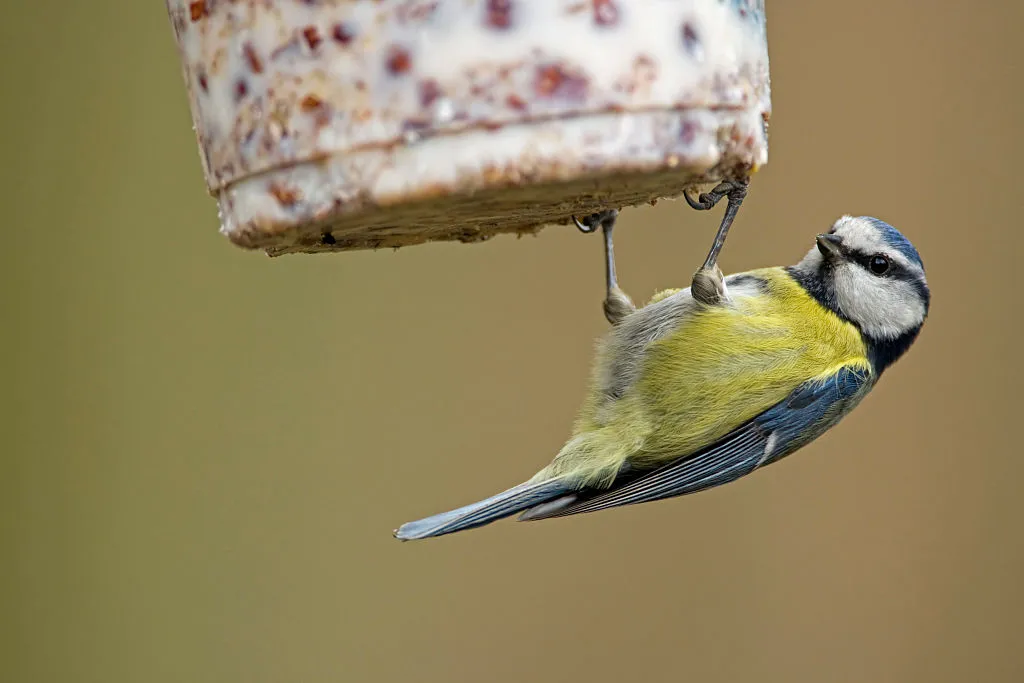
Mixed seed
- Favoured by song thrushes, dunnocks and collared doves.
- Suited to hopper feeders, trays or flat surfaces.